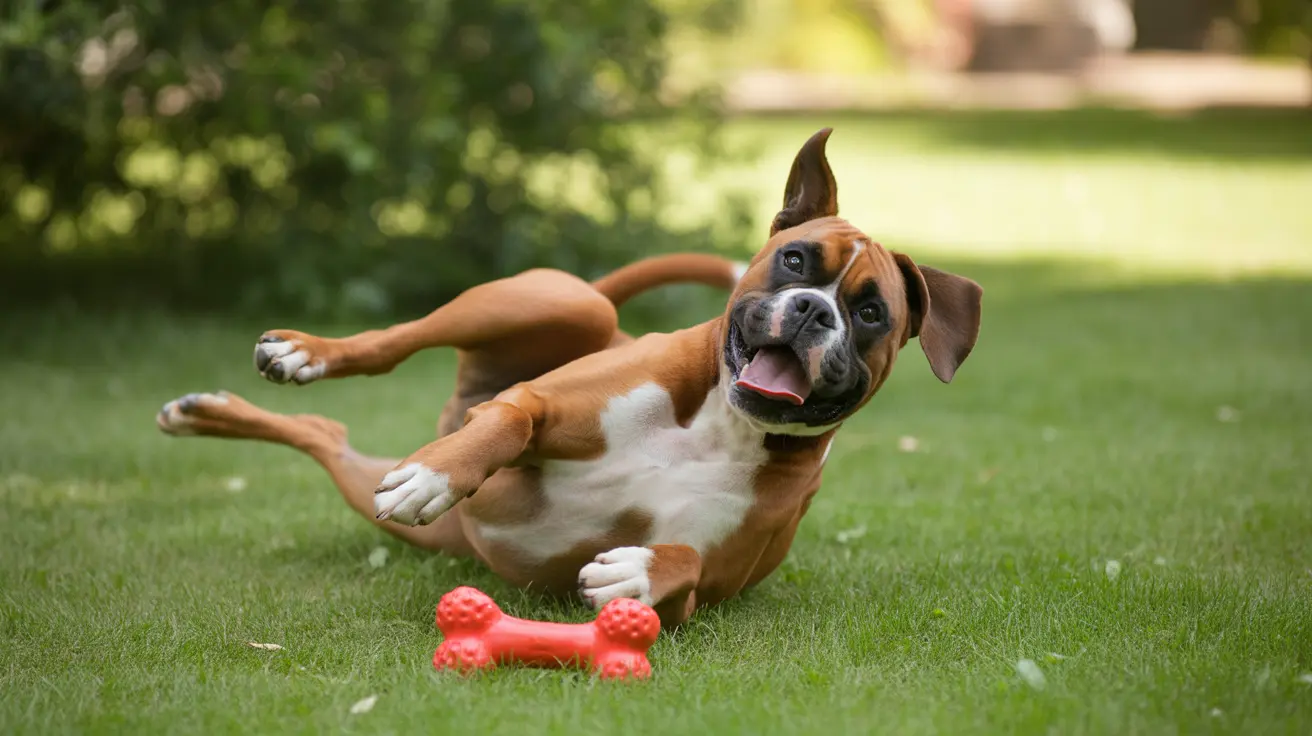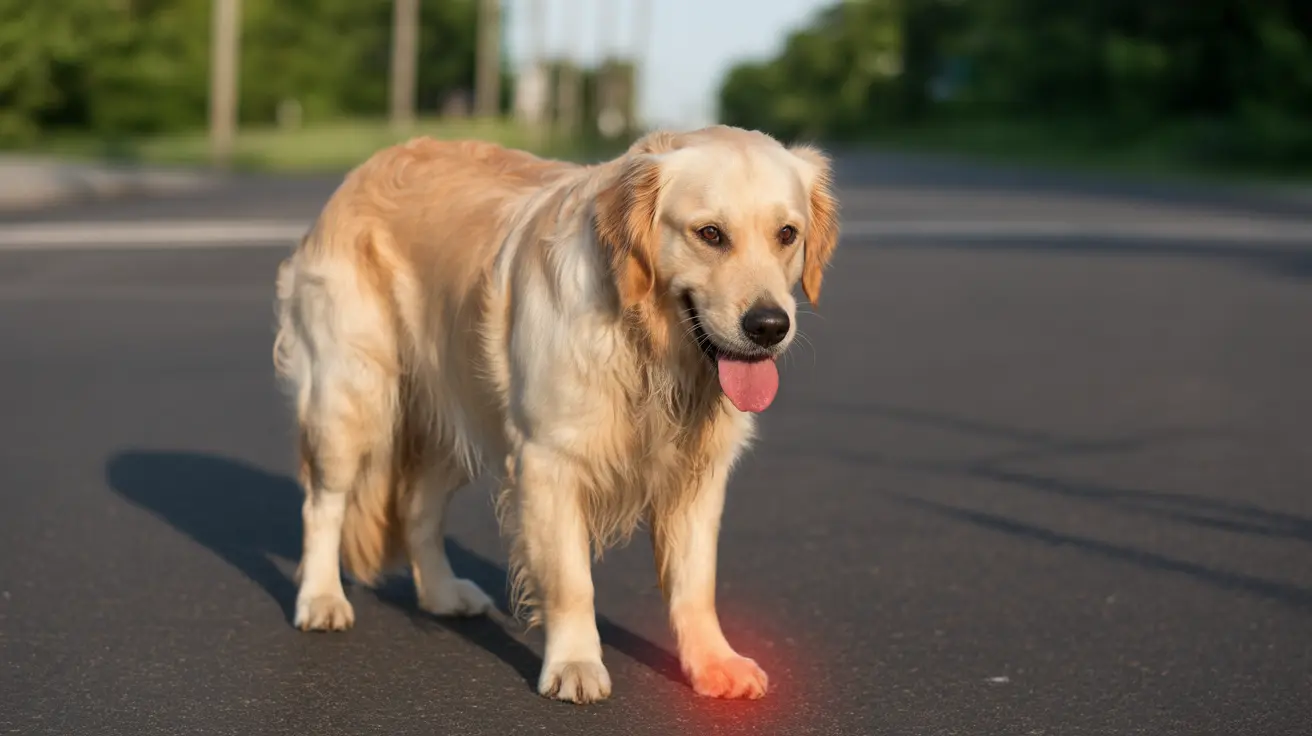Understanding the Four Main Types of Pitbulls
The term
"pitbull" is often used as a catchall for a group of dog breeds sharing a common ancestry, muscular build, and reputation for strength and loyalty. However, not all "pitbulls" are the same. The four breeds most often included under the pitbull umbrella are the
American Pit Bull Terrier (APBT),
American Bully,
American Bulldog, and
Staffordshire Bull Terrier. While they share some physical and ancestral traits, they differ in size, temperament, and care requirements.
1. American Pit Bull Terrier (APBT)
- Origins: Developed in 19th-century England by crossing Bulldogs with Terriers for work and companionship.
- Size: Medium-sized, typically weighs 30–65 pounds and stands 17–21 inches tall.
- Temperament: Energetic, intelligent, loyal, and good with children when properly socialized.
- Exercise Needs: High-energy breed requiring 1–2 hours of exercise daily.
2. American Bully
- Origins: Created in the 1990s in the U.S. by breeding APBTs with American Staffordshire Terriers and other bulldog-type breeds.
- Size: Varies across Pocket, Standard, Classic, and XL sizes; ranges from 30 to over 120 pounds.
- Temperament: Friendly, even-tempered, and ideal as companion pets. Often referred to as "gentle giants."
- Exercise Needs: Regular but moderate activity levels; suitable for less active households.
3. American Bulldog
- Origins: Descended from Old English Bulldogs; developed in the U.S. for farm work and protection.
- Size: Largest of the group; males usually weigh 75–100+ pounds and stand 20–27 inches tall.
- Temperament: Alert, protective, confident; can be dominant and wary of strangers.
- Exercise Needs: Requires structured activity and daily exercise to stay balanced.
4. Staffordshire Bull Terrier
- Origins: Also derived from crossbreeding Bulldogs and Terriers in England, originally bred for bull-baiting and dog fighting.
- Size: Smaller than APBTs, typically 24–38 pounds and 14–16 inches tall.
- Temperament: Loyal, affectionate, and confident; particularly fond of children.
- Exercise Needs: Energetic breed needing daily activity and mental stimulation.
Distinguishing Between Breeds
The confusion around these breeds often arises from their similar appearance and overlapping ancestry. However, distinctions are clear when considering:
- Build and size: American Bulldogs are the largest, Staffordshire Bull Terriers are the most compact.
- Personality and temperament: American Bullies tend to be calmer, while APBTs are highly energetic.
- Purpose of breeding: Companion focus vs. work or protection roles.
Legal and Social Considerations
Breed-specific legislation (BSL) affects many pitbull-type dogs, particularly APBTs. Some municipalities ban or restrict them. Insurance and housing may also be impacted. Understanding these legal aspects is essential for potential owners.
Training and Socialization
All four breeds benefit greatly from
early socialization and
positive reinforcement training. Clear boundaries and consistent management are essential, especially for breeds with working or protective backgrounds.
Health Concerns
While generally robust, each breed has specific health risks:
- American Bulldogs: Prone to hip/elbow dysplasia and skin issues.
- APBTs: Can have allergies and cardiac conditions.
- American Bullies: May suffer from cardiac and skin problems depending on lineage.
- Staffordshire Bull Terriers: Susceptible to hereditary cataracts and skin conditions.
Conclusion
Understanding the
four main types of pitbulls allows prospective owners to choose a dog that best fits their lifestyle. Although often grouped together, breeds like the
American Bulldog, APBT, American Bully, and
Staffordshire Bull Terrier differ in significant ways. Each breed can become a loving and loyal pet when given proper care, training, and socialization. Always consider your living situation, experience, and local laws before bringing a pitbull-type dog into your home.





